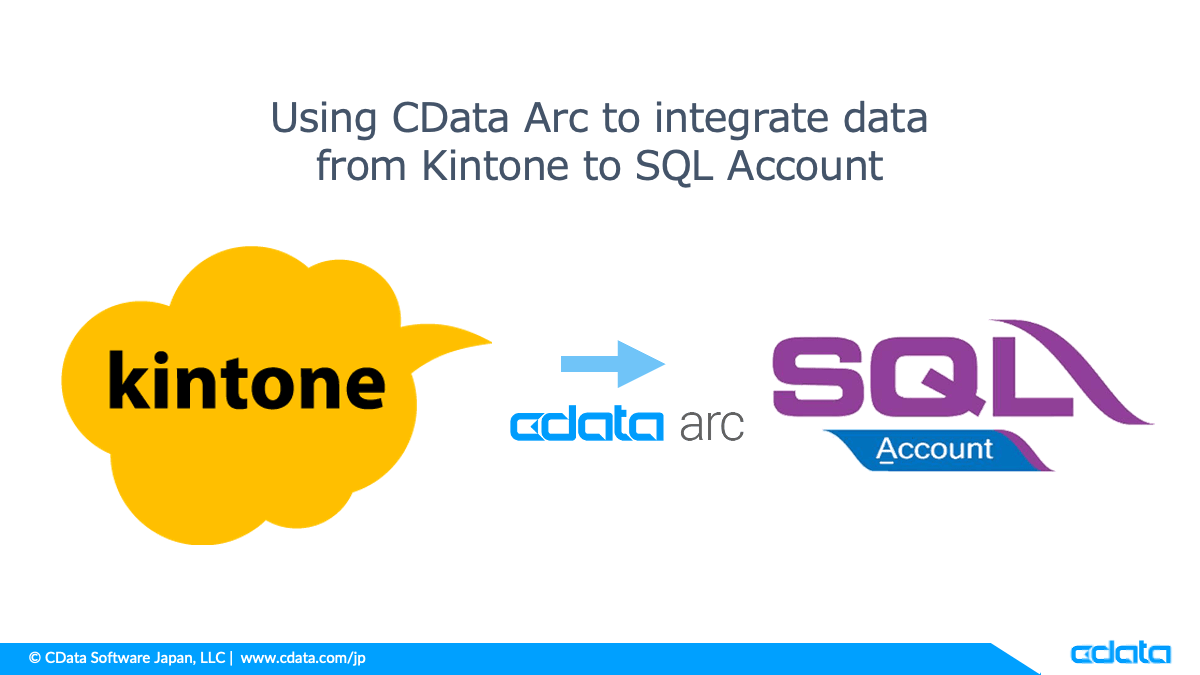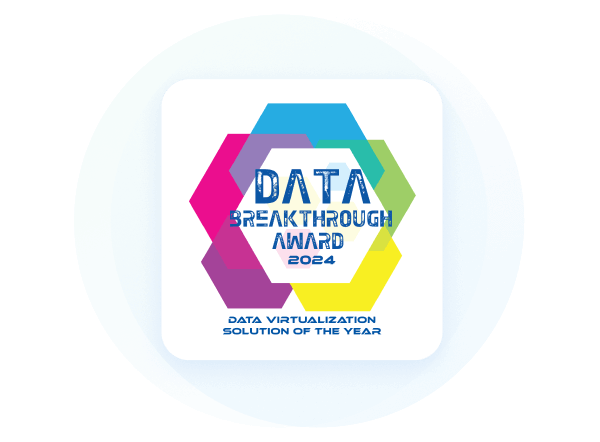Discover how a bimodal integration strategy can address the major data management challenges facing your organization today.
Get the Report →CData Software - Knowledge Base
Latest Articles
- Replicate Data from Multiple Files in an Amazon S3 Bucket Using CData Sync
- Replicate Data from Multiple Local Files Using CData Sync
- Driver Guide: Marketing Analytics Predefined Reports
- Displaying Data from Related Tables Using Angular with Connect Server
- Deploying CData Sync in a Kubernetes Environment
- Excel Add-In Getting Started Guide
Latest KB Entries
- Jetty Security Notice Overview
- Upsert Salesforce Data Using External Id in SSIS
- NuGet Repository Overview
- SAP Drivers Overview
- Embedded Web Server (.NET) - Potential Medium Security Vulnerability
- Configuring Incremental Replication in CData Sync
ODBC Drivers
- [ article ] Connect to and Query Salesforce Data in QlikView ...
- [ article ] Use the CData ODBC Driver for NetSuite in ...
- [ article ] A Comparison of Database Drivers for SQL Server
- [ article ] A Comparison of the CData and Sun JDBC-ODBC ...
JDBC Drivers
- [ article ] Use Crystal Reports to create reports with ...
- [ article ] Discovering SaaS, Big Data, and NoSQL Metadata ...
- [ article ] Use the CData JDBC Drivers to Create New Data ...
- [ article ] A Comparison of JDBC & ODBC Drivers for Amazon ...
SSIS Components
- [ kb ] How to Replicate Data Between MySQL and SQL Server ...
- [ article ] Export Data from SQL Server to Salesforce Through ...
- [ kb ] Upsert Salesforce Data Using External Id in SSIS
- [ article ] Deploy CData SSIS Components on Azure Data Factory
ADO.NET Providers
- [ article ] A Performance Comparison of Drivers for ...
- [ article ] Using Cookie-Based Authentication with the CData ...
- [ article ] Extending QuickBooks Online Reporting
- [ article ] LINQ to QuickBooks
BizTalk Adapters
- [ article ] Configuring a Receive Location for the CData ...
- [ article ] Tutorial: Create and Process Updategrams with the ...
- [ article ] How to Execute Stored Procedures with the CData ...
- [ article ] Configure a One-Way Send Port for the CData ...
Excel Add-Ins
- [ article ] Insert Invoices with the Excel Add-In for ...
- [ kb ] Excel Add-In: Retrieving Custom Reports Using ...
- [ article ] Install a Microsoft Excel Add-In Manually
- [ article ] Bill an Invoice with the CData Excel Add-In for ...
API Server
- [ article ] API Server Cloud Tunneling Capabilities
- [ article ] Easily Integrate with Any RESTful API Using the ...
- [ article ] Deploying CData Sync in a Kubernetes Environment
- [ article ] Connect to Dynamics NAV with the CData OData ...
Data Sync
- [ kb ] CData Sync Truncation Errors
- [ article ] CData Sync - History Mode
- [ article ] Start with CData Sync Part 2: Customizing ...
- [ article ] Use CData Sync to Replicate NetSuite Data to ...
Windows PowerShell
- [ article ] Reconciling Authorize.net Transactions with ...
- [ article ] PowerShell Cmdlets Getting Started Guide
- [ article ] Start and Stop Windows Services Using the CData ...
- [ article ] Query Google Calendars, Contacts, and Documents ...






